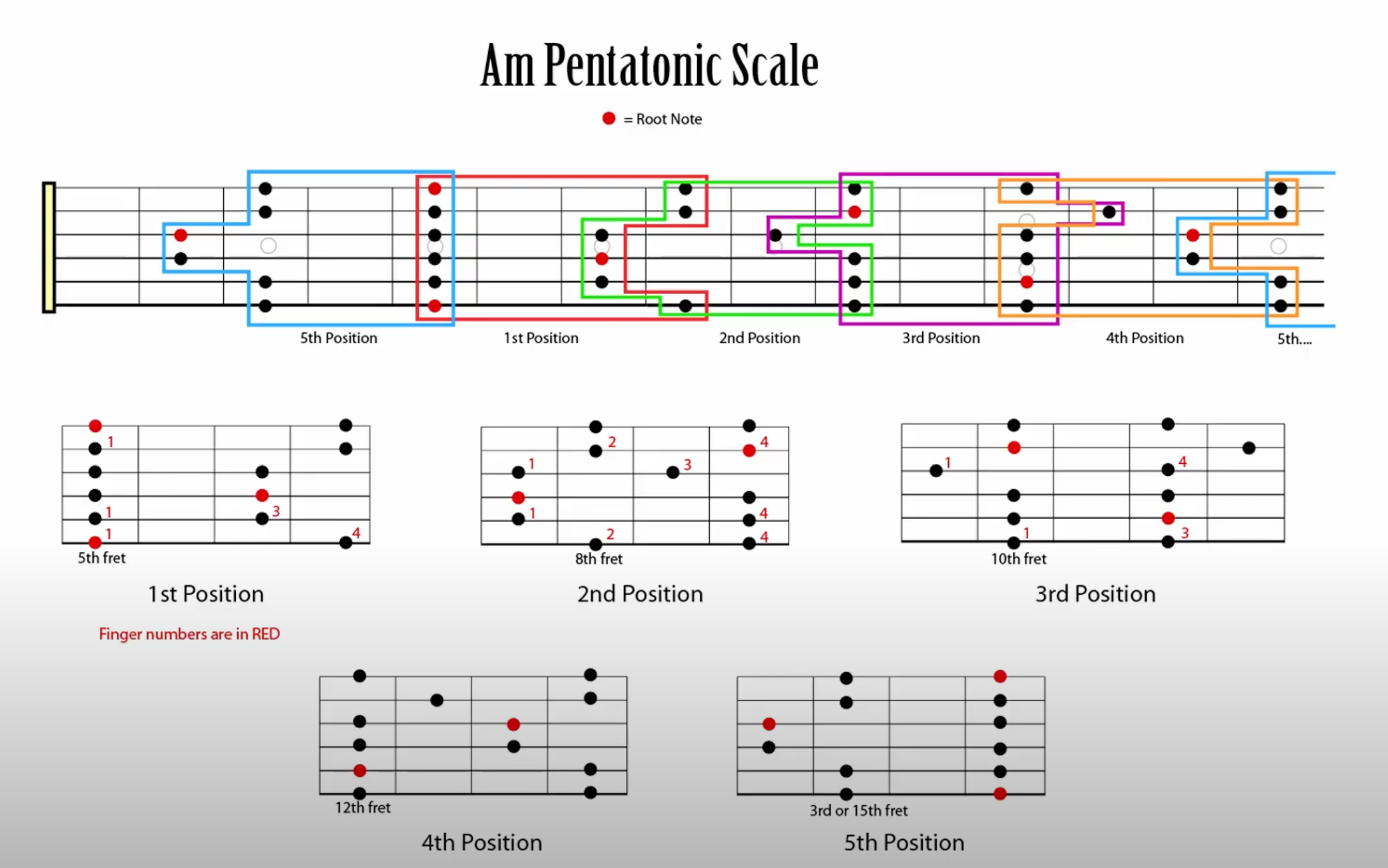Penatonic Scale
- id: 1709597112
- Date: Aug. 9, 2024, 4:36 p.m.
- Author: Donald F. Elger
Description
The pentatonic scale is a musical scale or mode with five notes per octave, in contrast to the more common seven-note scales such as the major and minor scales. Its simplicity and melodic character have made it foundational in the music of various cultures around the world.
There are several types of pentatonic scales, but the two most common ones are:
Major Pentatonic Scale: This scale can be formed by using the first, second, third, fifth, and sixth degrees of a major scale. For example, in the key of C major, the notes would be C, D, E, G, and A. This scale is often associated with a bright, positive sound and is widely used in folk music, pop, jazz, and blues.
Minor Pentatonic Scale: This scale is derived from the natural minor scale and is made up of the first, third, fourth, fifth, and seventh degrees of the corresponding natural minor scale. In the key of A minor, for example, the notes would be A, C, D, E, and G. The minor pentatonic scale is known for its versatile, bluesy sound, making it a favorite in rock, blues, and jazz music.
The pentatonic scale’s structure makes it particularly appealing for improvisation and melody making across a wide range of genres. Its intervals are such that it tends to sound harmonious and pleasing to the ear, no matter the order in which the notes are played. This universality and ease of use have cemented the pentatonic scale’s place as a fundamental aspect of music theory and practice worldwide.
 ![[penatonic-scale.webp]]
![[penatonic-scale.webp]]
Minor Penatonic
This video presents a way to memorize the notes in the 5 positions by saying where the fingers go: for example, 1-4, 1-3, 1-3.
 (https://www.youtube.com/watch?v=6_3r7sJUQq8)
(https://www.youtube.com/watch?v=6_3r7sJUQq8)